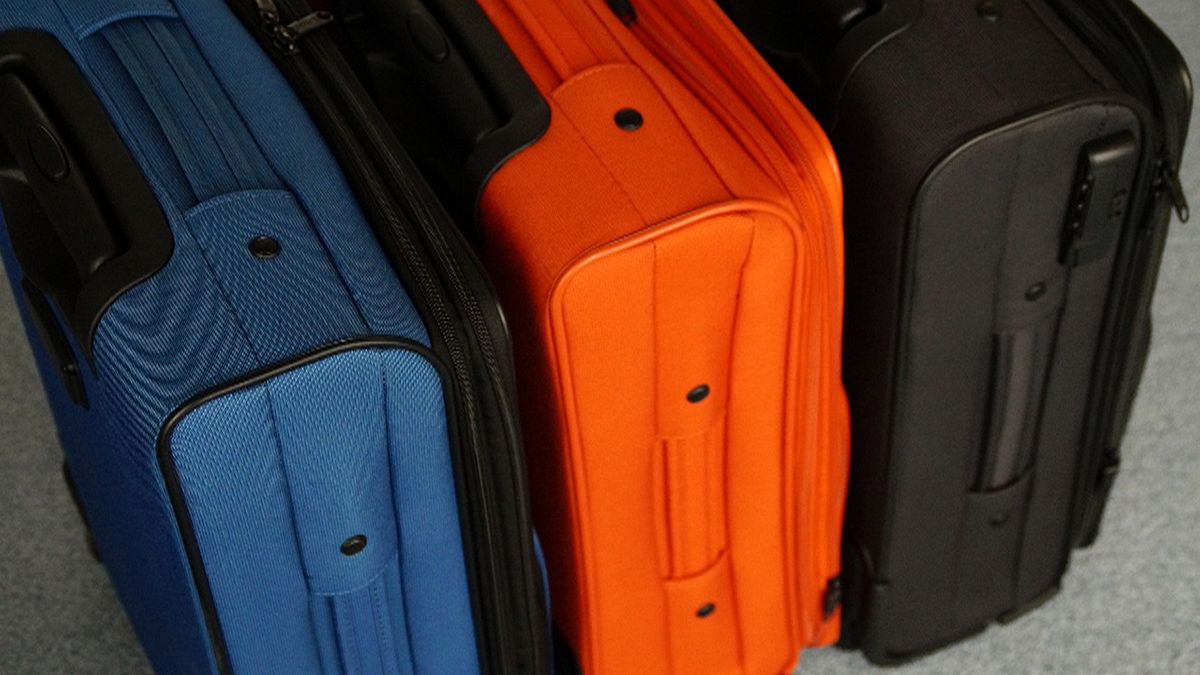A number of global airlines are set to standardise the size of all carry-on hand luggage we take onboard aircraft, meaning smaller bags than many of us have been used to.
This comes after the international airline trade association, the IATA , announced guidelines for an “optimal” carry-on baggage size of 55cm tall, 34cm wide and 19cm deep in order “that theoretically everyone should have a chance to store their carry-on bags on board aircraft of 120 seats or larger.” However, that is sometimes significantly smaller than what many airlines currently allow. Currently there are no fixed rules and airlines operate their own maximum sizes for hand luggage.
- New IATA size proposal: 55cm X 35cm X 20cm = 38,500 cubic cm volume
- BA currently allows: 56cm X 45cm X 25cm = 63,000 cubic cm volume
- Air France allows: 55cX 35cm X 25cm = 48,125 cubic cm volume
- Easyjet allows: 56cm X 45cm X 25cm = 63,000 cubic cm volume
- RyanAir allows: 55cm X 40cm X 25cm = 44,000 cubic cm volume
The new guidelines are non-binding but a number of large airlines including Lufthansa, Emirates and Qatar Airways have already said they would sign up to them. Air Canada and WestJet on the other hand have said they won’t be supporting the new guidelines.
What happens if my hand luggage is too big?
If your carry-on bag exceeds the IATA limit, it will not be given preferential treatment in the boarding process and if a flight is full, there is a good chance it would have to be put in the hold. Exactly how the guideline would be implemented remains unclear and likely to change depending on the airline. Some would have to pay a supplement to check their bags into the hold. If the guidelines became mandatory, many passengers would be forced to buy a new bag or case that meets the requirements. According to the IATA “Several major baggage manufacturers have developed products in line with the optimum size guidelines, and it is expected bags carrying the identifying label will start to reach retail shops later this year.”
What are the potential benefits (luggage manufacturers aside)?
The IATA says it is trying to improve the passenger experience. As airlines try to increase the number of seats in aircraft, they are not increasing the space for hand luggage accordingly. With some airlines also charging hefty fees for check-in luggage, that has increased the number of flyers wanting to take all their luggage into the cabin with them. On a full 120-seat plane, it is not uncommon to see the last 20 passengers having to check their hand luggage into the hold. The IATA says it wants to make sure all passengers can fit their carry-on hand luggage into the overhead lockers. A pan-airline standard would also alleviate confusion among passengers and reduce the chances of frustrated arguments between passengers with oversized hand luggage on the one hand and gate and cabin crew on the other. This would save time and reduce delays.
“It signals to the gate agent that piece of baggage meets that agreed size. There is no need to question and hold it back. It should speed up the boarding process, give passengers certainty, reduce the fights between gate agents and passengers or flight attendants and passengers. It will help airlines speed their turnarounds by not having to take bags out of the cabin and put them down in the hold. We see this as a win-win-win for everybody,” says IATA senior vice president for airport, passenger, cargo and security Tom Windmuller.
What has been the reaction to the proposal?
Some industry observers have cautiously welcomed the move for attempting to bring in some clarity to what is, as things stand, a grey area while warning” that all airlines must play to the same rules if the plan is to work. Others have said that airlines have created the problem themselves by trying to cram more seats into aircraft. As travel industry consultant Henry Harteveld puts it to Associated Press: “Once again, the airlines find a way to make their problem the passenger’s problem – and an expensive problem at that.”
